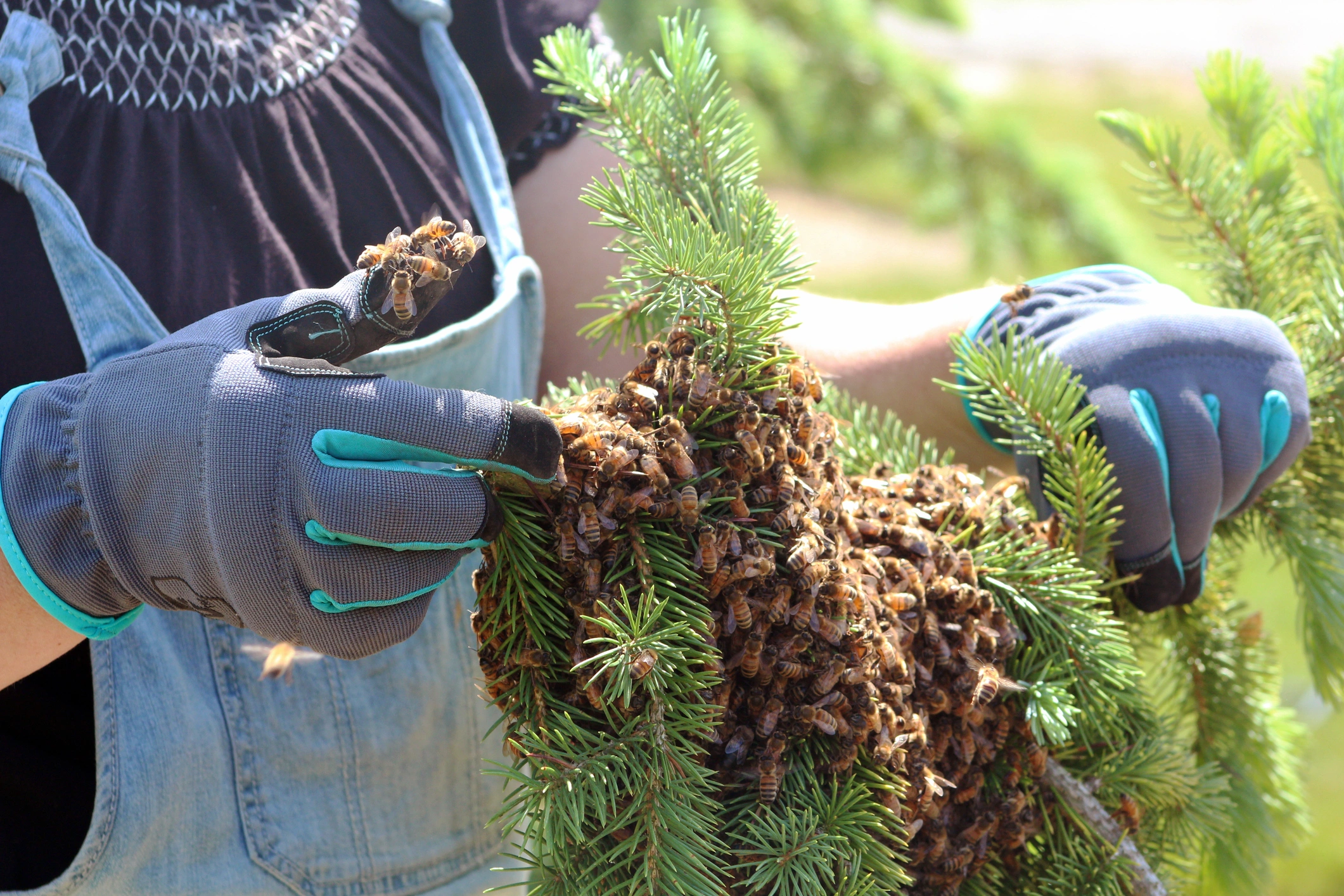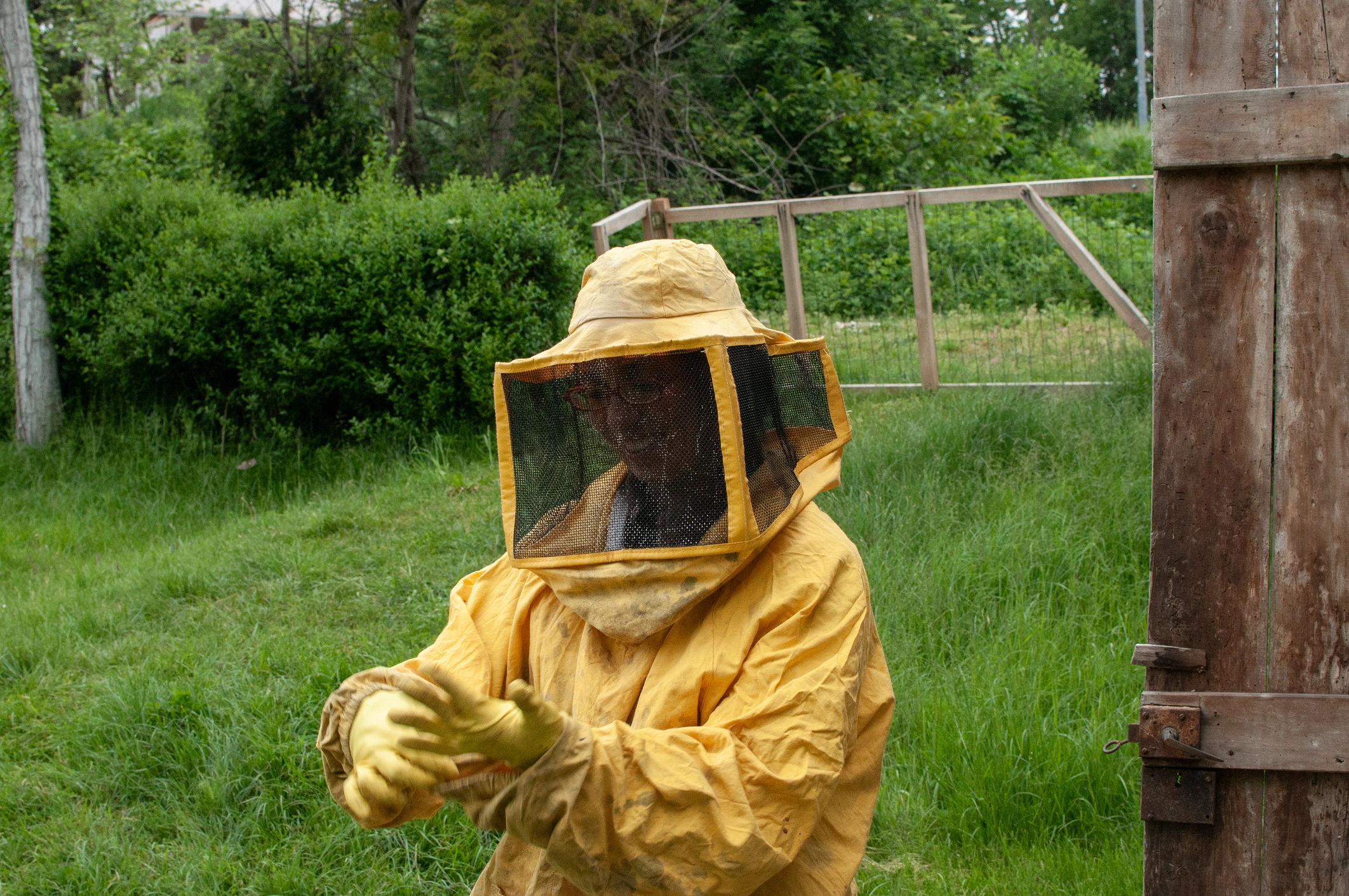

Humane Bee Removal and Relocation in Livingston, TX
Protect your family with bee removal in Livingston, TX. Spot On Pest Control, LLC. removes hives safely and efficiently. Call today for expert help!

Humane Bee Removal and Relocation in Livingston, TX
Discovering a bee colony in your home, yard, or business can be alarming. Your primary concern is the safety of your family, pets, or customers. However, you also understand the critical role bees play in our local Livingston ecosystem. Extermination is not the answer. Spot On Pest Control, LLC. provides a professional, safe, and humane bee removal service that protects both your property and these essential pollinators. Our focus is on the live removal and relocation of bee colonies, ensuring they can continue their vital work in a more suitable environment.
The Importance of a Humane Approach to Bee Removal
Bees, particularly honey bees, are responsible for pollinating a vast majority of the plants that produce our food. Their populations are facing significant threats, making the preservation of every colony crucial. Simply spraying a hive with pesticides not only kills the bees but can also leave behind a toxic residue and an abandoned honeycomb. This rotting honeycomb can attract other pests like rodents and roaches and may melt, causing sticky, structural damage to your walls.
Our humane removal method is the responsible alternative. We prioritize the well-being of the colony from start to finish. By choosing relocation over extermination, you are making an environmentally conscious decision that benefits our entire community and agricultural landscape in East Texas.

Our Detailed Bee Removal and Relocation Process
We have refined our process to be thorough, effective, and minimally invasive. We treat your property with respect while ensuring the complete and safe removal of the bee colony:
Comprehensive Inspection and Species Identification
The first step is a detailed assessment of the situation. Our experts will visit your Livingston property to locate the hive, determine its size and accessibility, and identify the specific type of bee. Whether you have honey bees in a wall void, carpenter bees drilling into your fascia, or a bumblebee nest in the ground, proper identification is key to formulating the correct removal strategy.
Safe and Gentle Bee Collection
We use specialized, state-of-the-art equipment designed for live bee removal. Our primary tool is a custom-built bee vacuum with controlled, low-pressure suction. This allows us to gently draw the bees from the hive or swarm into a ventilated containment box without harming them. We work calmly and methodically to collect as many bees as possible, including the all-important queen.
Complete Hive and Honeycomb Removal
Once the bees are secured, the most critical part of the structural removal begins. We carefully expose the hive and remove all the honeycomb, brood comb, and honey. This step is non-negotiable for a long-term solution. Leaving any honeycomb behind leaves behind powerful pheromones that will inevitably attract new swarms to the exact same spot in the future.
Ethical Relocation
After the bees and their hive are fully removed from your property, they are not destroyed. We transport the contained colony to a local apiary or beekeeper in the Livingston area. Here, they are given a new hive and the resources they need to re-establish themselves and thrive, continuing their work as nature's most effective pollinators.
Preventing Future Infestations
The final step is to secure your property against re-infestation. We clean the area where the hive was located to remove any lingering pheromones. We then professionally seal the entry and exit points the bees were using. This might involve caulking gaps, repairing siding, or screening vents to ensure your home is bee-proofed for the future.
Identifying Common Bees in the Livingston Area
Knowing what you’re dealing with is important. While we always recommend a professional inspection, here are some common species in our region:
- Honey Bees: Social insects that build large colonies with wax honeycomb, often found in wall cavities, attics, and hollow trees. They are essential pollinators and are our primary focus for live relocation.
- Carpenter Bees: Resemble large bumblebees but have a shiny, black abdomen. They are solitary and burrow perfectly round tunnels into untreated wood, such as decks, eaves, and fences. While they don't form large colonies, their nesting can cause cosmetic and structural damage over time.
- Bumblebees: Fuzzy, large, and generally docile. They typically build smaller nests in pre-existing cavities, often underground in old rodent burrows or in birdhouses. They are excellent pollinators and are rarely aggressive unless their nest is directly disturbed.
It's also crucial to distinguish bees from more aggressive species like Yellow Jackets and Wasps. These pests are typically less hairy, more aggressive, and build paper-like nests. Our experts can accurately identify the pest and recommend the appropriate course of action.
Your Safe Solution for Bee Problems
Attempting a DIY bee removal is extremely dangerous. You risk multiple painful stings, which can trigger severe allergic reactions. Furthermore, improper removal techniques can agitate the colony, making them more defensive and putting your family and neighbors at risk. Without the proper equipment and expertise, you are unlikely to remove the entire hive, leading to recurring problems.
Trust our experienced technicians at Spot On Pest Control, LLC. to handle your bee issue safely and effectively. We have the knowledge, protective gear, and specialized tools to manage any situation, from a simple swarm on a tree branch to a complex, established colony deep within the structure of your home.
If you have a bee colony on your Livingston property, don't wait. Contact us to discuss a safe, humane, and permanent removal solution.
Our Services
Our pest control services cover ants, termites, bed bugs, rodents, mosquitoes, and other common pests, with customized solutions for both residential and commercial properties.
.png)






